Are you aware of the Bad Companion Plants for Garlic that can negatively impact the growth and harvest? Let’s have a look at them.
While garlic is relatively easy to grow, it is important to be aware of the Bad Companion Plants for Garlic – as they can affect the yield, flavor, and quality.
Bad Companion Plants for Garlic
1. Alliums
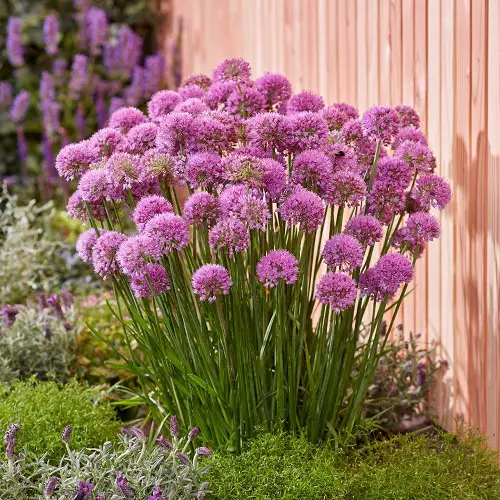
While garlic belongs to the Allium family, it is not a good idea to plant other Alliums, such as ornamental onions and leeks, near your garlic. This is because these plants have similar growth requirements and compete for the same nutrients in the soil.
Additionally, planting alliums near each other can increase the risk of disease and pests, such as onion maggots and thrips.
2. Legumes
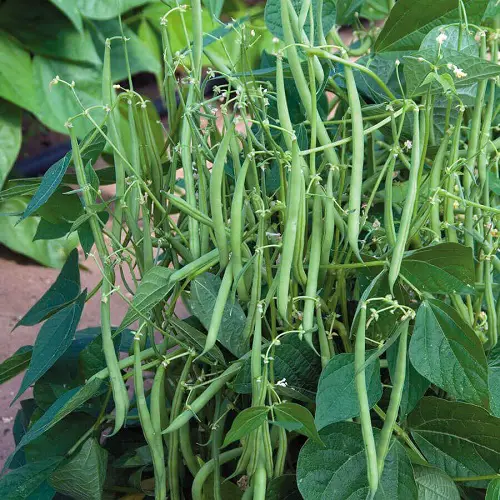
Legumes, such as peas and beans, are also bad companion plants for garlic. This is due to the fact that they are nitrogen-fixing plants, which means they transform atmospheric nitrogen into a form that plants can use.
While this may seem like a good thing, it can actually be detrimental to garlic, which prefers soil with low to moderate levels of nitrogen.
Planting legumes near garlic can result in an overabundance of nitrogen, which can lead to poor growth and smaller bulbs.
3. Brassicas
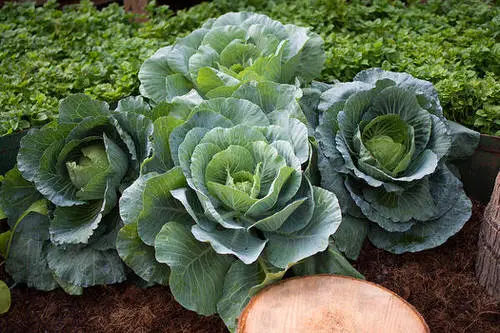
Brassicas, such as cabbage, broccoli, and cauliflower, are also bad companion plants for garlic. These plants have similar growth requirements, and they can compete for the same nutrients in the soil.
Additionally, brassicas are known to attract pests, such as aphids and cabbage worms, which can also affect garlic.
4. Fennel

Garlic is a heavy feeder and needs lots of nitrogen-rich soil, while fennel is a light feeder that prefers well-drained soil with a neutral pH. Planting them together could result in the garlic taking up too much of the nutrients that the fennel needs, resulting in stunted growth and poor yields for both plants.
Additionally, garlic tends to spread its roots quickly and deeply, while fennel has a shallow, surface-level root system. This could lead to competition between the two plants for water and nutrients.
5. Mint
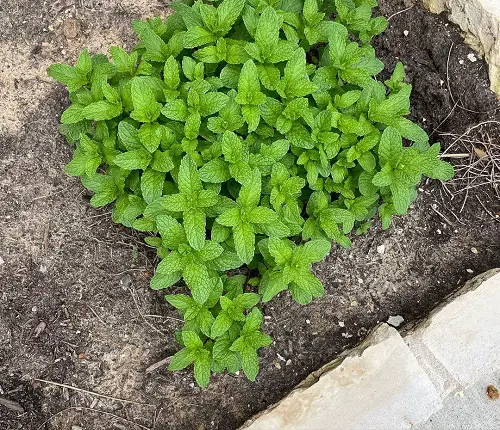
Garlic and mint should not be planted together because they can compete for nutrients and water. Garlic also has a tendency to spread rapidly, which can quickly take over a mint patch. Furthermore, garlic can inhibit the growth of other nearby plants, including mint.
6. Parsley
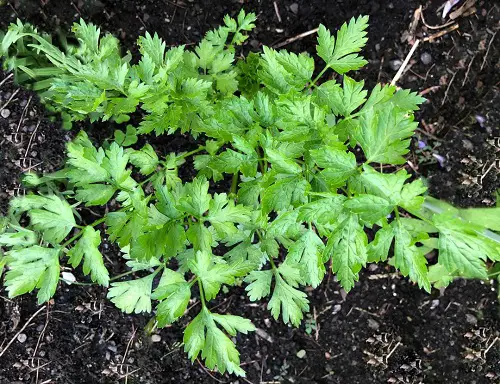
Garlic and parsley have different soil and light requirements, which means they will compete for resources and nutrients in the soil.
Additionally, parsley is a biennial plant which means it needs two seasons to complete its life cycle, while garlic is an annual plant that only needs one season. This can cause competition for resources, which can result in reduced yields for both plants.
7. Hyssop

Hyssop is typically harvested in the summer when the flowers are in full bloom, while garlic is harvested in the summer before the leaves have completely withered.
If planted together, it may be more difficult to harvest each crop at the optimal time.
8. Melon
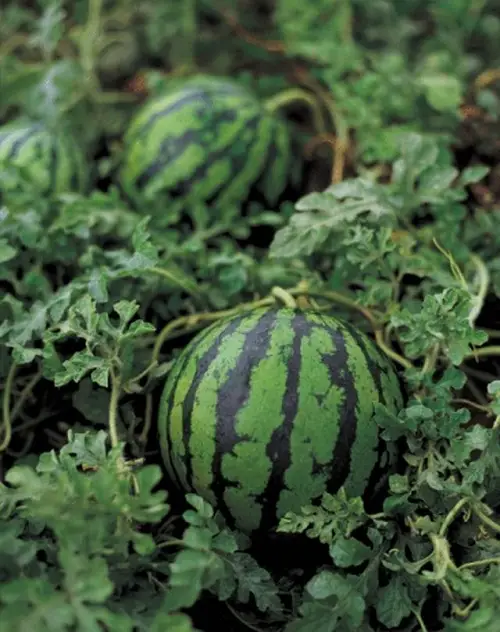
Garlic and melon do not have compatible growing habits, and their root systems can compete for nutrients and resources. Planting them together can also create an environment that is conducive to disease and pests.
Additionally, garlic has a strong odor that can affect the flavor and fragrance of melons. Therefore, it is not recommended to plant garlic and melon together.
9. Pumpkin

Garlic and pumpkin can negatively interact with each other if planted too close together. Garlic is a natural insect repellent and can have a negative effect on pollinators which can affect the growth of the pumpkin.
Additionally, garlic can cause a fungus to form on the pumpkin plant, which can stunt growth and cause the pumpkin to rot.
10. Corn

Garlic and corn do not like growing near each other because they are prone to competing for nutrients and sunlight. Also, garlic tends to stunt the growth of corn, and the two plants have different growth and nutrient needs.
Additionally, garlic can attract pests that may damage the corn, and the strong smell of garlic may also interfere with the pollination of the corn.
11. Sage

Garlic and Sage have different nutritional needs and can compete for nutrients in the soil. Planting them too close together can lead to stunted growth in both plants and can also cause a decrease in flavor and aroma in the sage.
Additionally, sage can sometimes overpower the garlic’s flavor, making it difficult to enjoy the subtle nuances of the garlic.
12. Asparagus
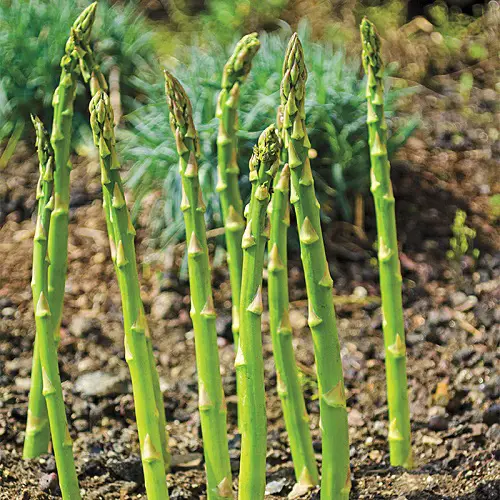
Garlic and asparagus should not be planted together because garlic releases an enzyme that inhibits the growth of asparagus. This enzyme can damage the roots of the asparagus and cause it to produce fewer spears.
13. Strawberries
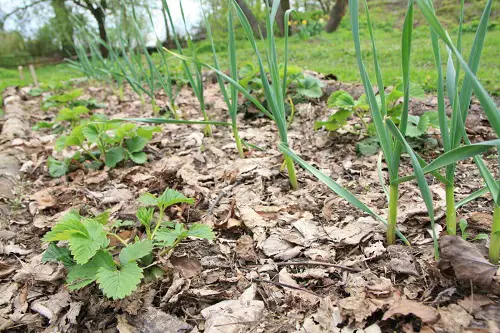
Garlic and strawberries should not be planted together because they can both be susceptible to certain pests and diseases.
Additionally, garlic can inhibit the growth of strawberries, both by blocking sunlight and by competing for nutrients in the soil.
Lastly, the strong odor of garlic can adversely affect the taste of strawberries.


